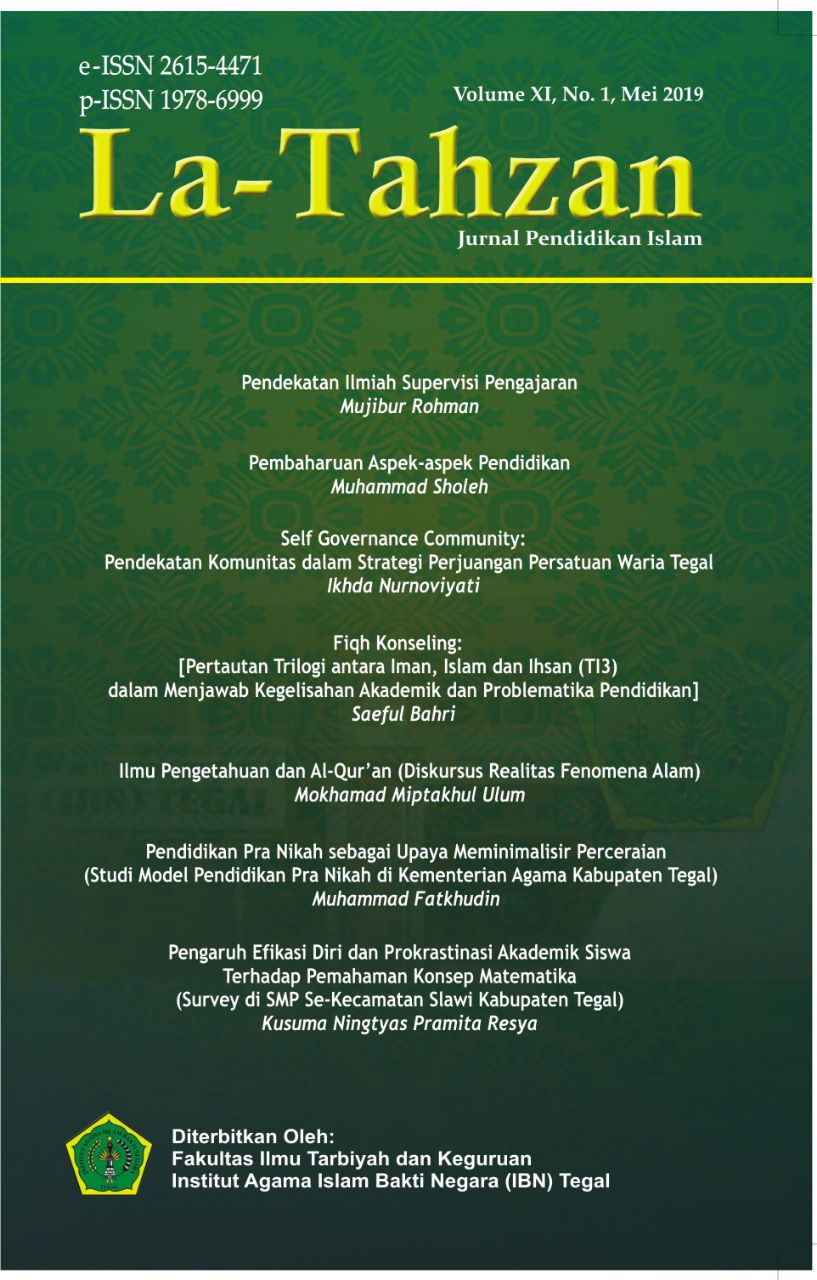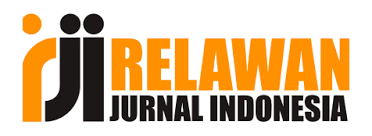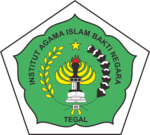Self Governance Community: Pendidikan Komunitas dalam Strategi Perjuangan Persatuan Waria Tegal
DOI:
https://doi.org/10.62490/latahzan.v11i1.5Keywords:
Waria, Self Governance, Community, educationAbstract
Word of Waria tend to negative conotation in the middle of society. Stereotipe of waria that is about life style which oppose against social norm. During the time, our society majority only seeing waria as abnormal idea. As a result, waria as a group and also individual find difficulties in accessing service of public and social relationship.
Tegal Regency owning community of Waria which organized, named Persatuan Waria Tegal (PWT). PWT focused activity especially in health service and also the potency had by waria becoming member of PWT. To reach the target, PWT conduct Self Governing Community .
This research aim to to know how PWT conduct Self Governance Community By education in community to build social relationship with society and state.
Result of research of that PWT have conducted Self Governance Community good enoughly. The next step to develop;build existence by constructing social relationship with society and also government of Tegal Regency.
References
Koeswinarno, Hidup Sebagai Waria (Yogyakarta: PT LKIS Pelangi Aksara, 2004)
Gunawan, “ Refleksi Atas Kelamin, Potret Seksualitas Manusia Modern” dalam John Taylor (Jakarta: Indonesia Tera, 2000)
Ikhda Nurnoviyati, Politik Subaltern : Study Tentang Strategi Perjuangan Identitas Waria Tegal, Skripsi (Yogyakarta: UGM, 2010), 96.
Joseph A.Maxwell, Qualitative Research Design: an Interactive Approach (Thousand Oaks, California : Sage Publication, 2005), Second edition, , Vol.41, p.91-95
Downloads
Published
How to Cite
Issue
Section
License
Copyright (c) 2019 La-Tahzan: Jurnal Pendidikan Islam

This work is licensed under a Creative Commons Attribution-ShareAlike 4.0 International License.
The copyright of the received article shall be assigned to the journal as the publisher of the journal. The intended copyright includes the right to publish the article in various forms (including reprints). The journal maintains the publishing rights to the published articles.
In line with the license, authors and any users (readers and other researchers) are allowed to share and adapt the material. In addition, the material must be given appropriate credit, provided with a link to the license, and indicated if changes were made. If authors remix, transform, or build upon the material, authors must distribute their contributions under the same license as the original.
















